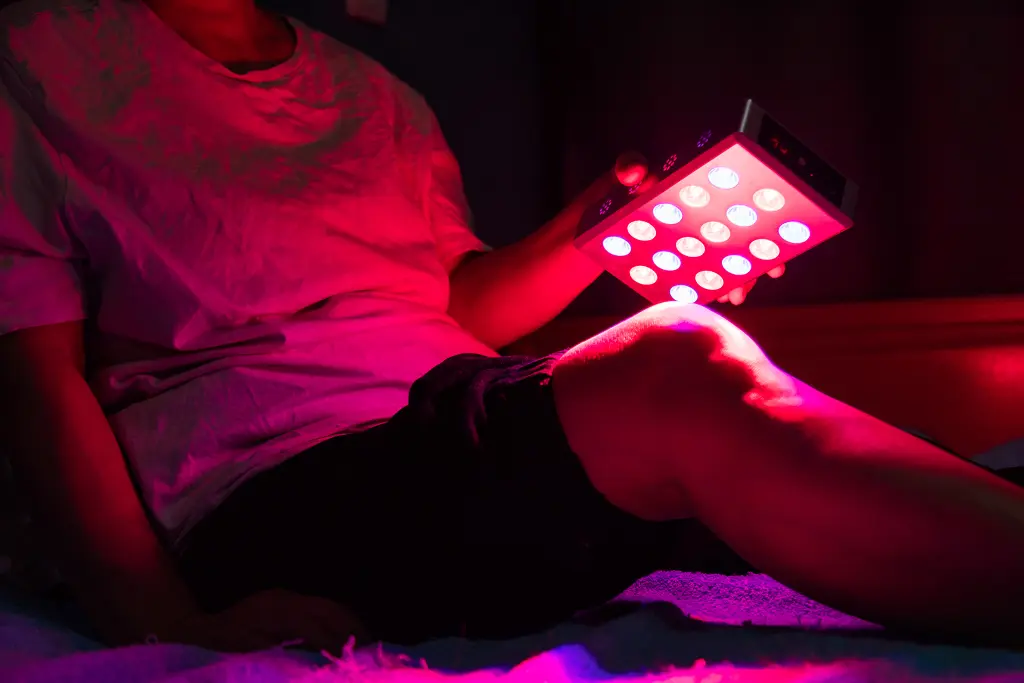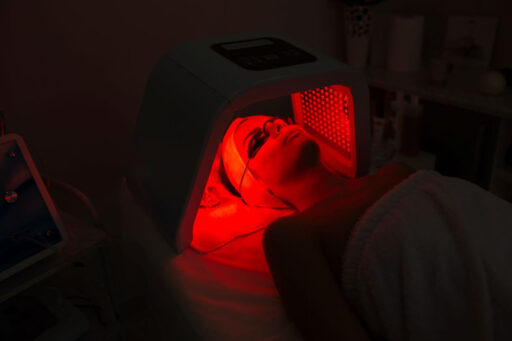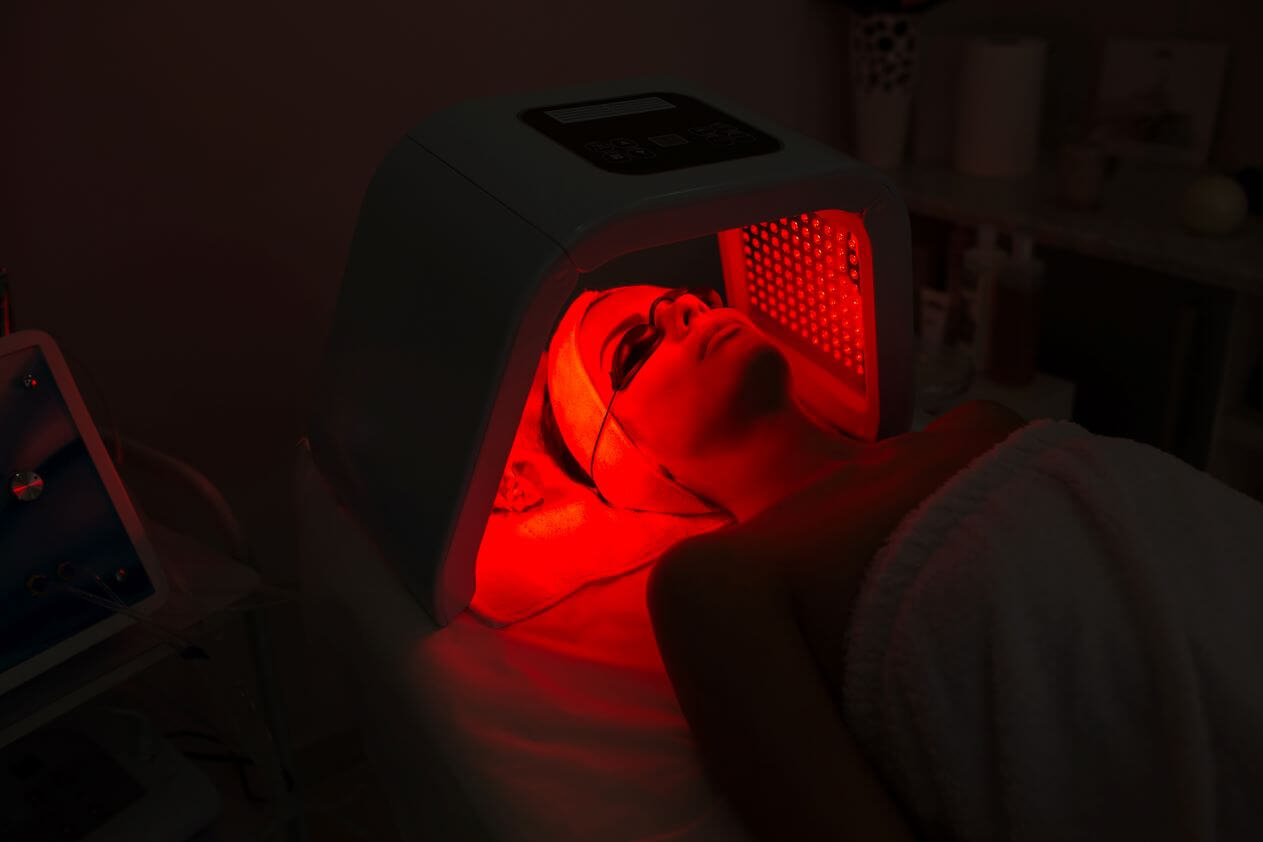Looking for the Best red light therapy device Australia can be overwhelming given the growing availability of at-home tools. In this comprehensive guide, we’ll explore how red light therapy works, its scientifically backed benefits, and practical tips on choosing the right device, whether your focus is skin rejuvenation, pain relief, or overall wellness.
In recent years, red light therapy (RLT) has surged in popularity across Australia—as a non-invasive, drug-free method to support skin health, ease discomfort, and promote cellular recovery. Whether you’re an athlete seeking faster recovery or a wellness enthusiast focused on skin rejuvenation, RLT offers a compelling alternative that’s backed by research.
In this blog, you’ll learn:
How red light therapy works and why wavelengths matter
The benefits for skin, muscles, inflammation, mood, and sleep
How to select the ideal device for your goals and budget
Safety considerations and frequency recommendations
This isn’t about selling a specific product. It’s about empowering you with science and practical guidance, so you can make an informed choice when researching the best red light therapy device Australia.
What is Red Light Therapy and How Does It Work?
Basics of Photobiomodulation (PBM)
Red and near‑infrared light (typically 600–900 nm) penetrates skin, stimulating mitochondria to produce more ATP—our cells’ “energy currency.” This boosts regeneration at the cellular level.
Wavelength Importance
Different wavelengths target different depths: red light (~630–660 nm) is ideal for skin issues, while near-infrared (~810–850 nm) reaches muscles and joints.
Dosage & Power Density
Therapeutic effects require energy densities (fluence) around 4–10 J/cm². Too little—no benefit. Too much—diminishing returns.
By understanding these fundamentals, you can evaluate devices beyond their price or size—prioritizing what actually influences outcomes.
Benefits of Red Light Therapy Backed by Science
Skin Health & Anti-Aging
Stimulates collagen and elastin, improving texture and elasticity
Reduces inflammation, calming acne and redness
Fades pigmentation and accelerates healing
Pain Relief & Inflammation
Supports recovery in muscles and joints (e.g., arthritis, tendinitis)
Increases circulation and reduces swelling
Athletic Recovery & Performance
Cuts post-workout soreness and speeds muscle recovery
Enhances performance when used consistently
Mood & Sleep
Improves circadian rhythm regulation via light exposure
Linked to reduced symptoms of seasonal depression
A 2023 clinical trial of 80 participants found that targeted 660 nm RLT twice weekly significantly improved skin firmness and reduced fine lines in just 12 weeks—while still respecting a drug-free regimen.
How to Choose the Right Device for You

Wavelength Range
For skin-focused benefits, look for devices offering 630–660 nm. For deeper tissue, ensure inclusion of ≥ 810 nm.
Power Output & Panel Size
Smaller handheld tools (≤ 100 mW/cm²) work for face/neck
Full-body panels (≥ 150 mW/cm²) are more effective for systemic benefits
Treatment Time
Higher power units require shorter sessions (5–10 mins per area), while lower power ones may require 15–20 mins or more.
Safety & Certification
Look for CE / TGA marks in Australia
Avoid products with UV components
Design & Convenience
Panels vs. handheld wands
Adjustable settings, ease of use, and warranty coverage
Another key factor to consider is device footprint and coverage area. A compact, targeted panel may be sufficient for treating the face or localized pain, while a larger panel or modular system is more effective for full-body wellness. Look for devices that offer even light distribution and a wide treatment angle to minimize session time and maximize exposure. If portability matters, consider handheld models with rechargeable batteries and ergonomic grips.
In addition, user interface and customization features should not be overlooked. Devices with adjustable intensity levels, built-in timers, and preset programs can help personalize the experience and reduce the risk of overexposure. For shared household use, options with multiple settings can accommodate varying skin types and wellness needs. Some newer devices also integrate app-based tracking and session logging, offering a more tailored, data-driven approach to at-home therapy.
Safe & Effective Use Guidelines
Frequency
3–5 sessions per week is ideal for most goals
Distance
Maintain 5–15 cm from the device for optimal coverage
Duration
10–15 minutes for small areas; 20–30 minutes for large panels
Eye Protection
Wear goggles when exposure is close or intense
Cleanliness
Wipe device surfaces regularly to maintain hygiene
If you’re starting red light therapy for the first time, it’s advisable to conduct a patch test on a small area of skin and gradually increase exposure over time. Begin with shorter sessions (5–10 minutes) and assess your skin’s response before committing to longer or more frequent treatments. Those with photosensitive conditions or who are taking medications that increase light sensitivity should consult with a healthcare provider beforehand.
Consistency plays a significant role in achieving results. Like any wellness regimen, red light therapy requires regular application over a sustained period to see tangible improvements. Documenting progress through photos or a usage journal can help track changes in skin tone, pain levels, or energy over time. Keep in mind that while red light therapy complements many health goals, it should not replace medical treatment for chronic or severe conditions without professional oversight.
Potential Side Effects & When to See a Doctor
Although RLT is generally well tolerated, being informed is wise:
Temporary redness or tightness is possible, especially for sensitive skin
Wartime skin reactions may respond poorly—pause use and consult a dermatologist
Not recommended during pregnancy over reproductive organs unless approved by a physician
If you experience unusual pain, headaches, or neurological symptoms, discontinue use and seek medical advice.
Conclusion
Red light therapy is a science-backed, low-risk approach to enhancing skin health, reducing inflammation, boosting recovery, and supporting overall well-being. When evaluating the best red light therapy device Australia, prioritize:
Appropriate wavelengths (630–660 nm for skin, ≥810 nm for deeper tissue)
Output power and panel coverage that suits your use case
Safety certifications and user-friendly design
Next steps: Decide your target outcome (e.g., skin vs full-body healing), evaluate devices by their technical specs—not aesthetics, and follow a consistent regimen with clear usage habits.
What’s your main health or wellness goal—and how might including red light therapy elevate that journey?


